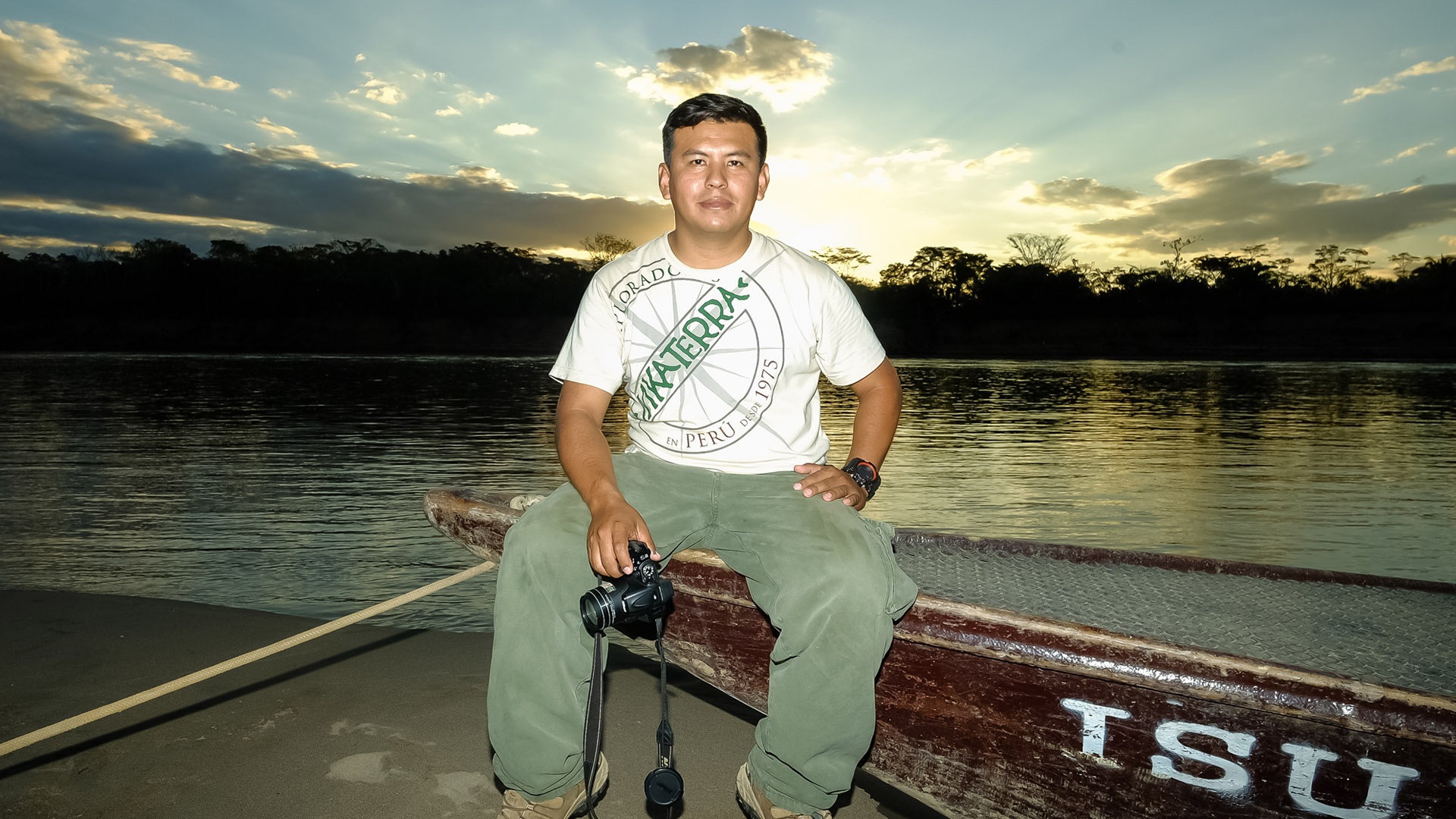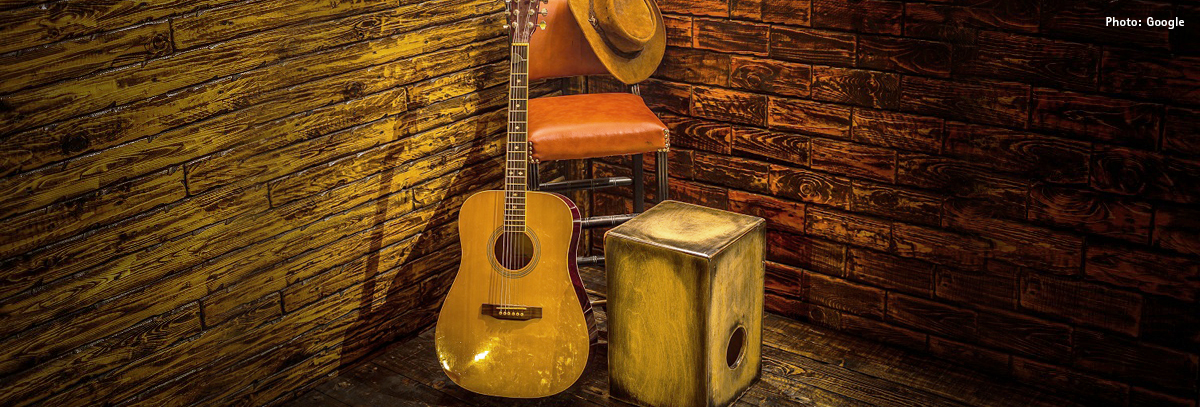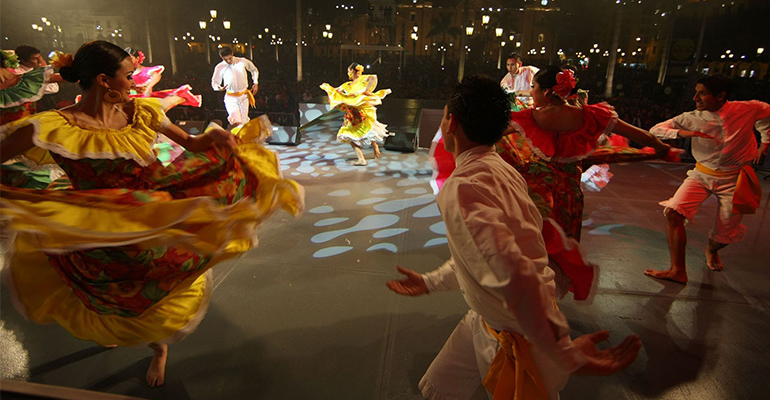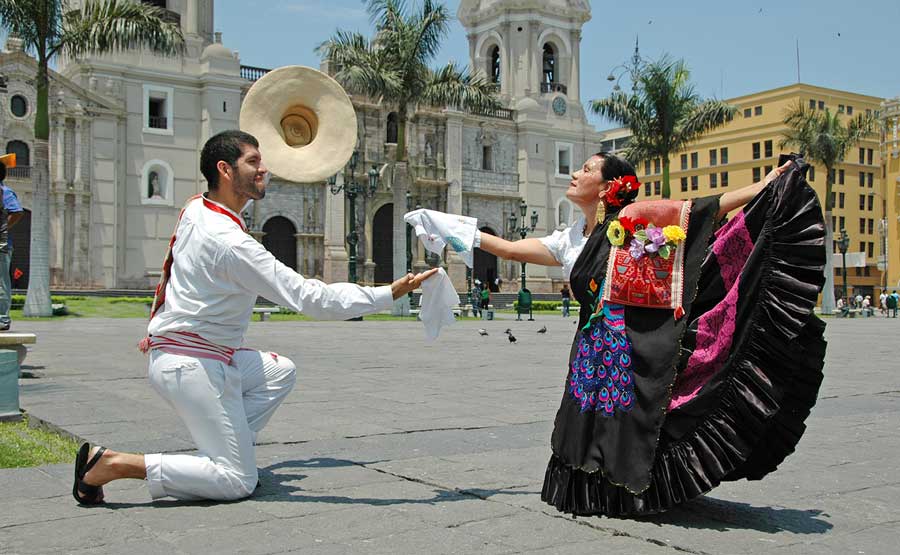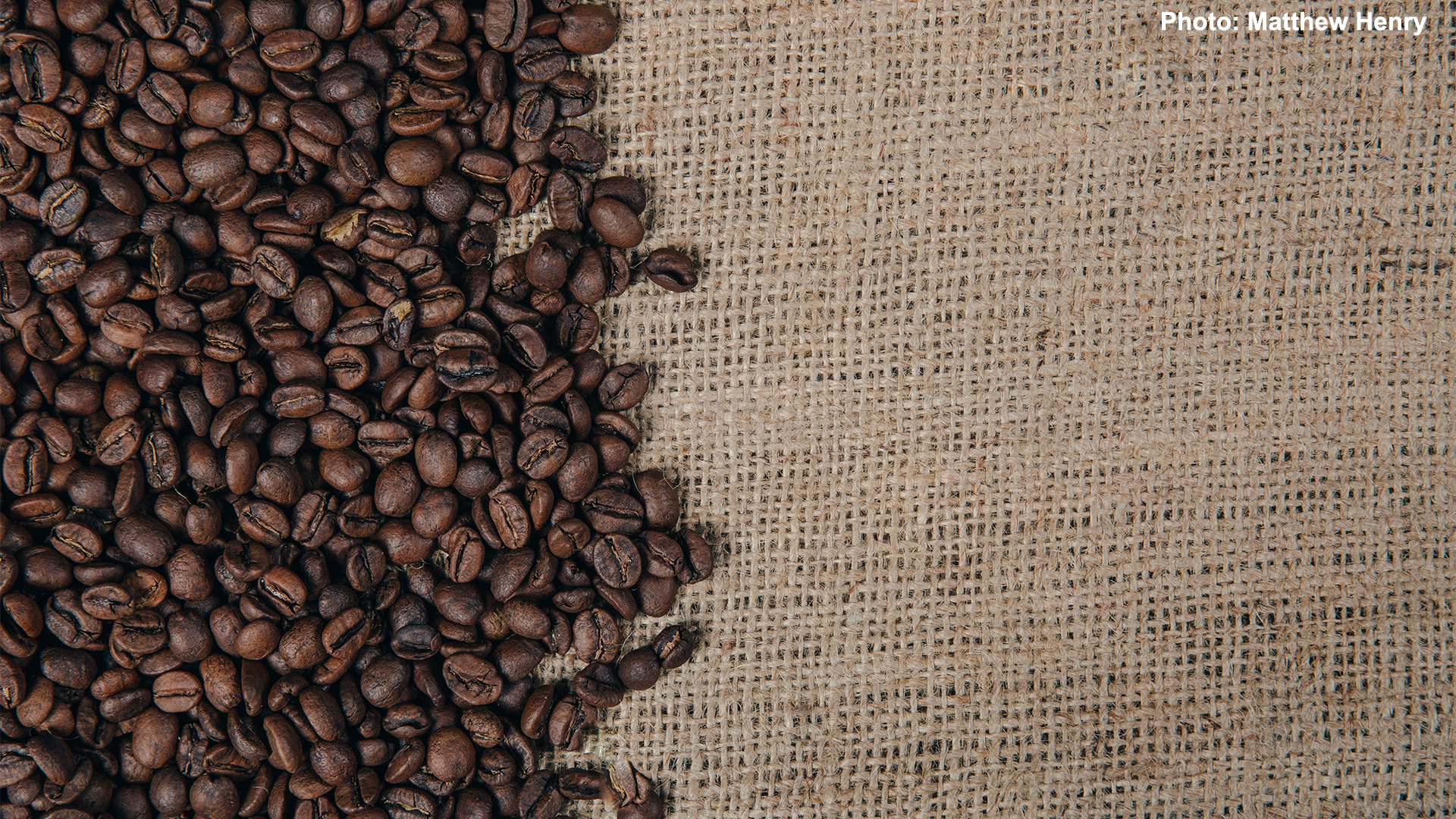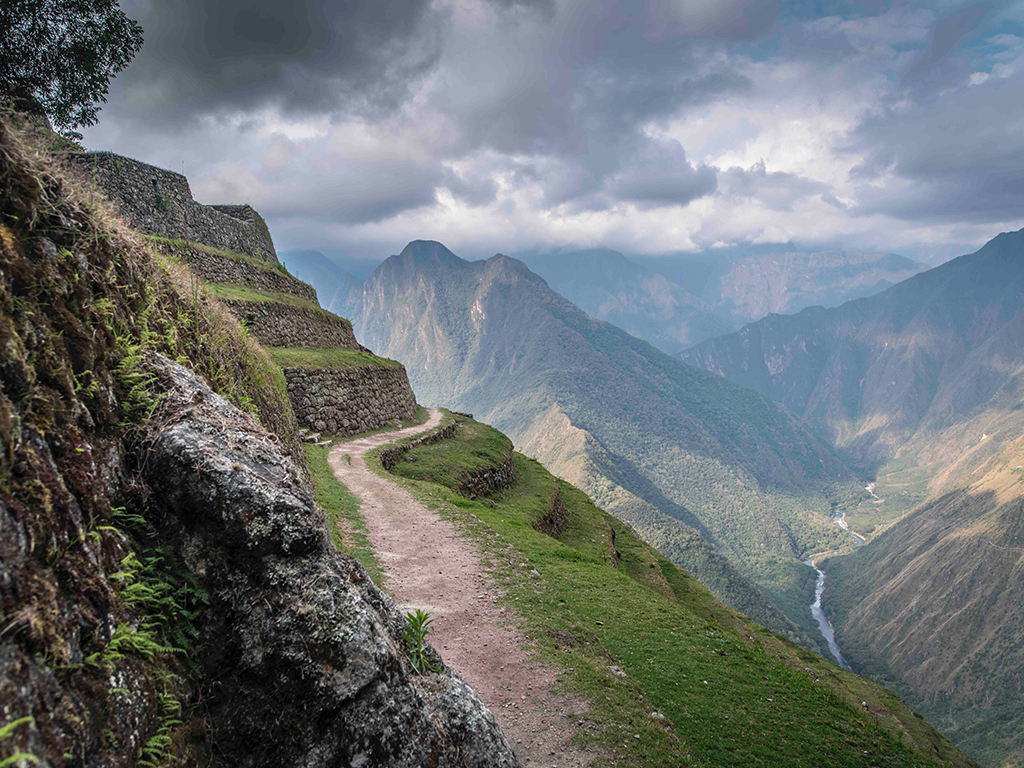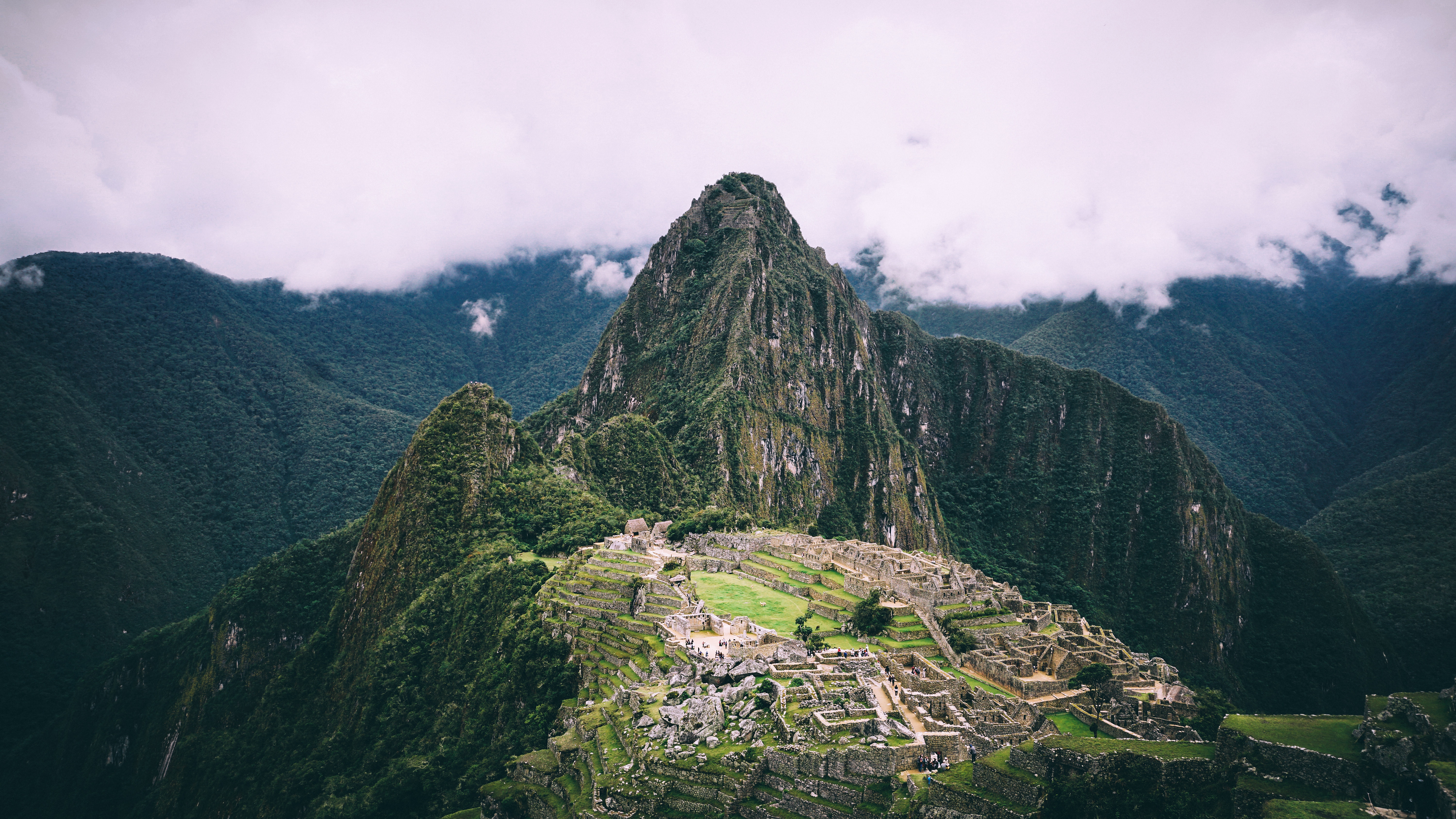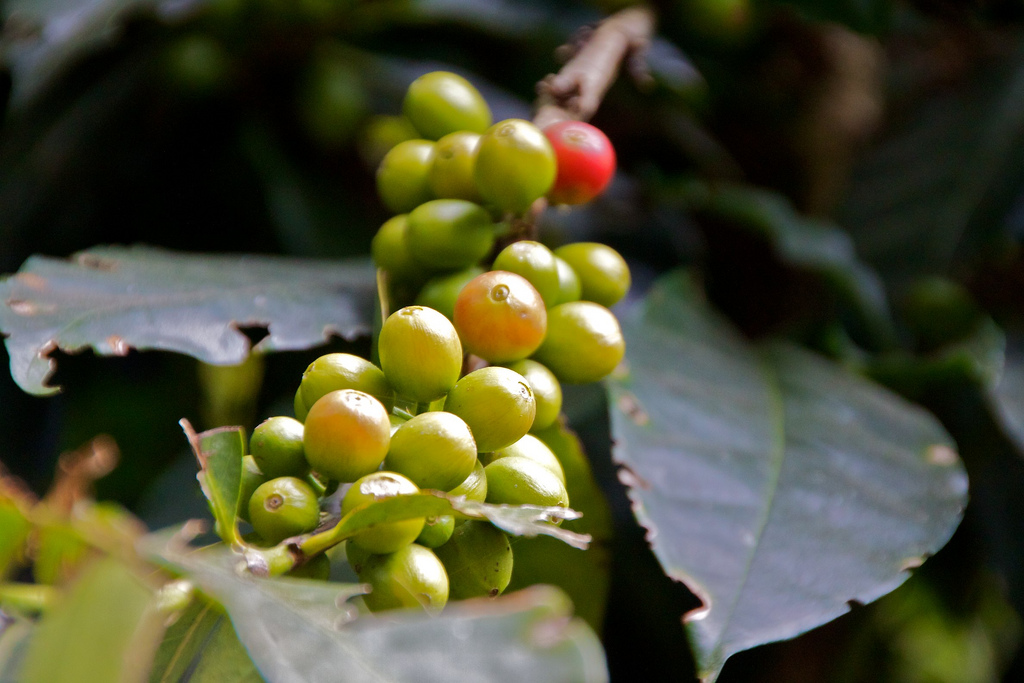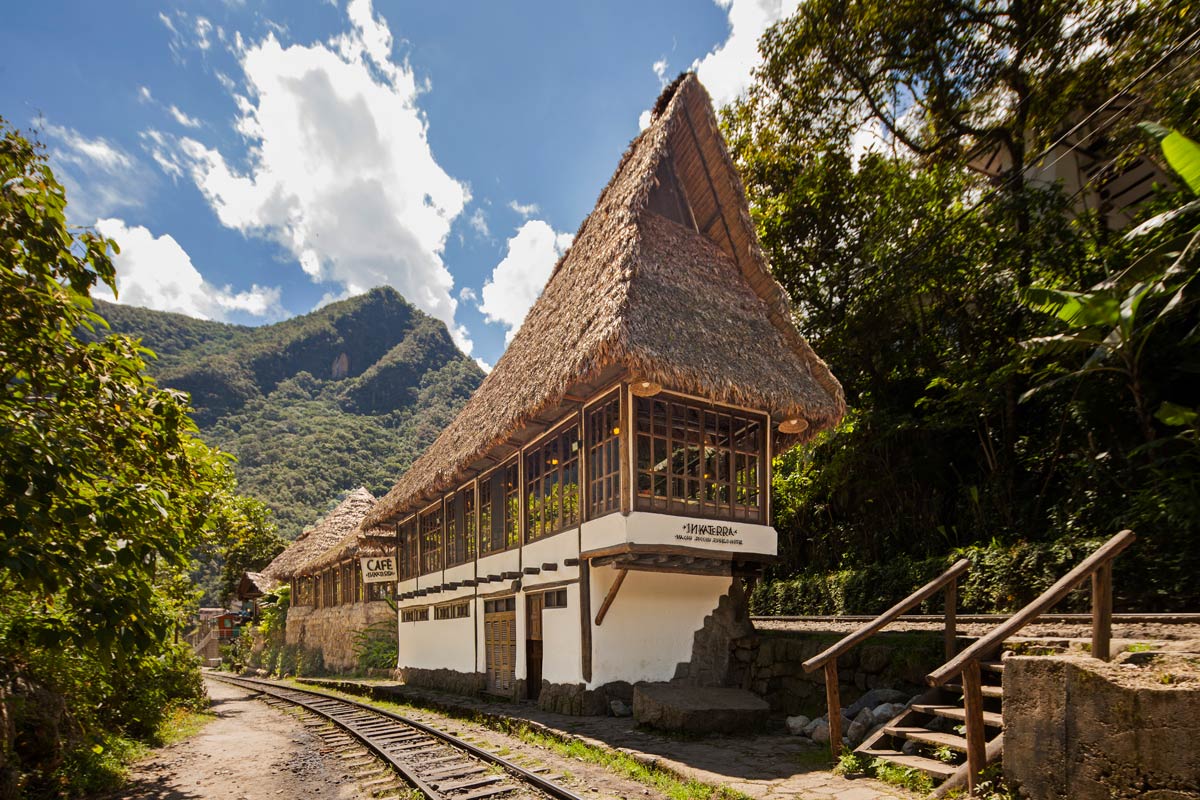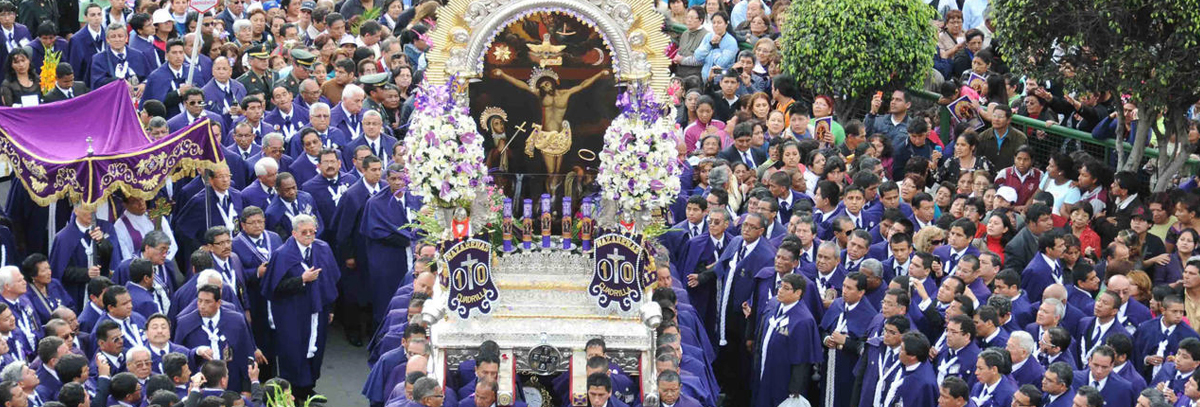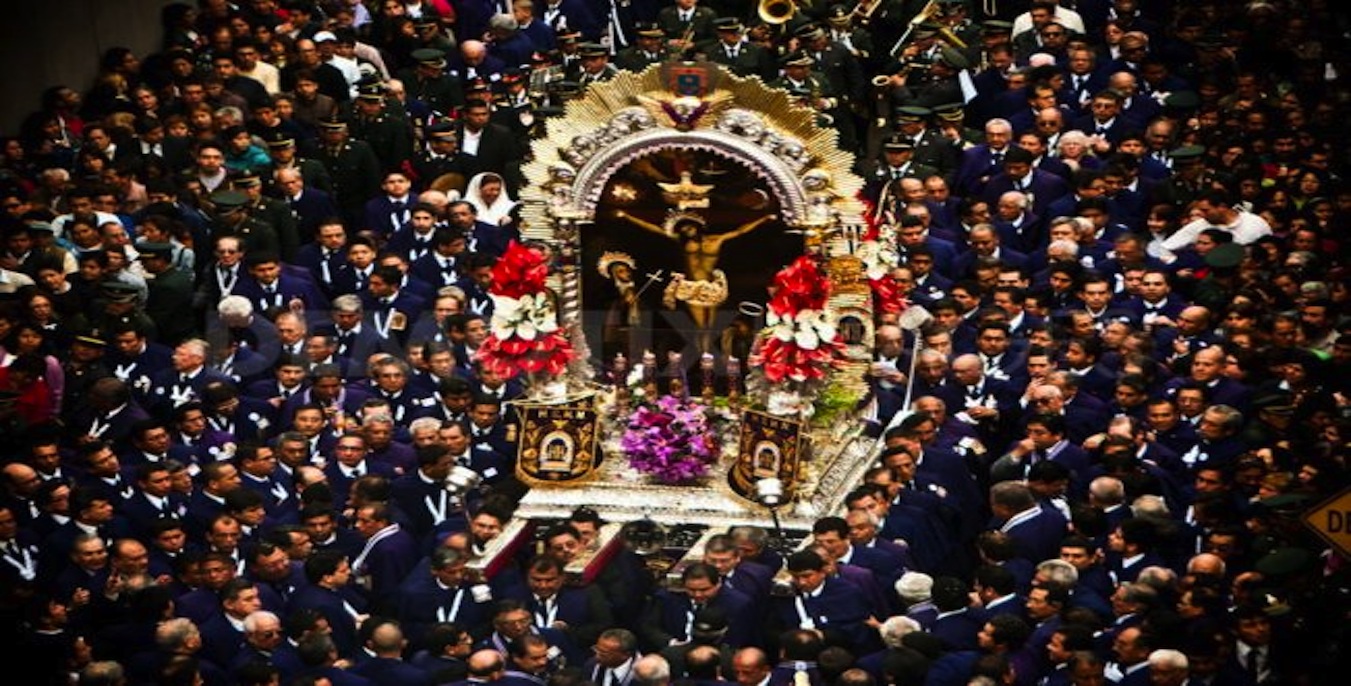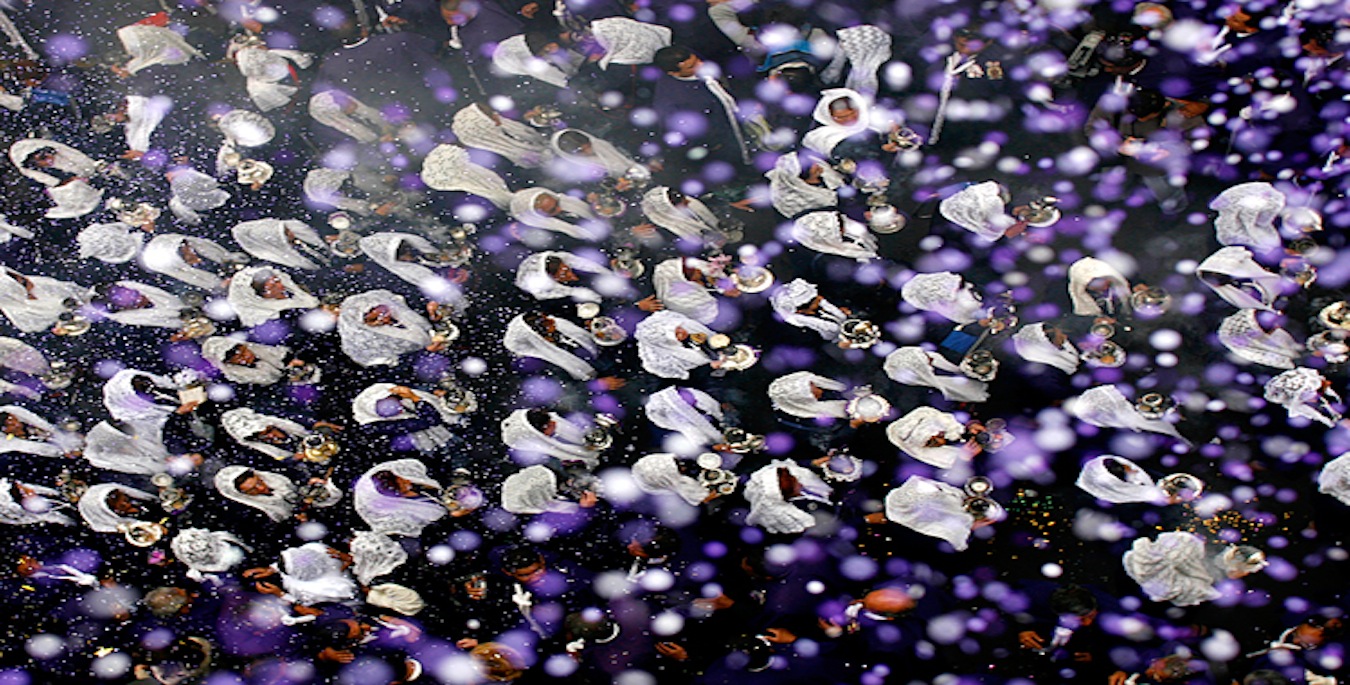At each Inkaterra hotel, naturalist experts, our Explorer Guides, share their vast knowledge of the local environment with guests. One of the expert explorers Inkaterra are proud to call a member of our team is Alan Huisa, who is the Head Explorer Guide – Tambopata at Inkaterra Reserva Amazónica. Having studied to be an Official Tourism Guide at a National Institute in Puerto Maldonado, Alan has been working at Inkaterra for 10 years. We caught up with him to find out what his favourite excursion is and the best to take children on. Read on to find out more…
- What does an Inkaterra explorer-guide do?-
Inkaterra explorer-guides carry out a truthful, rigorous and informed explanation of the environment in which they find themselves. They take into account the natural, historical, geological, economic, social and cultural aspects of the area and educate the travellers on the value of the resources that surround us, as well as the importance of its preservation. - What initially drew you towards Inkaterra?
– I was interested in joining Inkaterra because of its good practices in sustainable tourism and I hoped to have better opportunities for professional growth. - What do you think is the most important aspect of being Head Explorer Guide at Inkaterra Reserva Amazónica?
– There are several important aspects but a fundamental one is being in charge of the excursions. Often, the excursions are the main reason our guests visit us so it’s important we exceed their expectations for a jungle adventure they’ll remember. - How does your day-to-day work differ throughout the seasons?
– Our day-to-day work does not differ much during the seasons as the flora and fauna remain the same year round. - What is your favourite excursion, and why?
– My favourite excursion is the visit to Lake Sandoval, this is where you can see and observe wildlife the best.
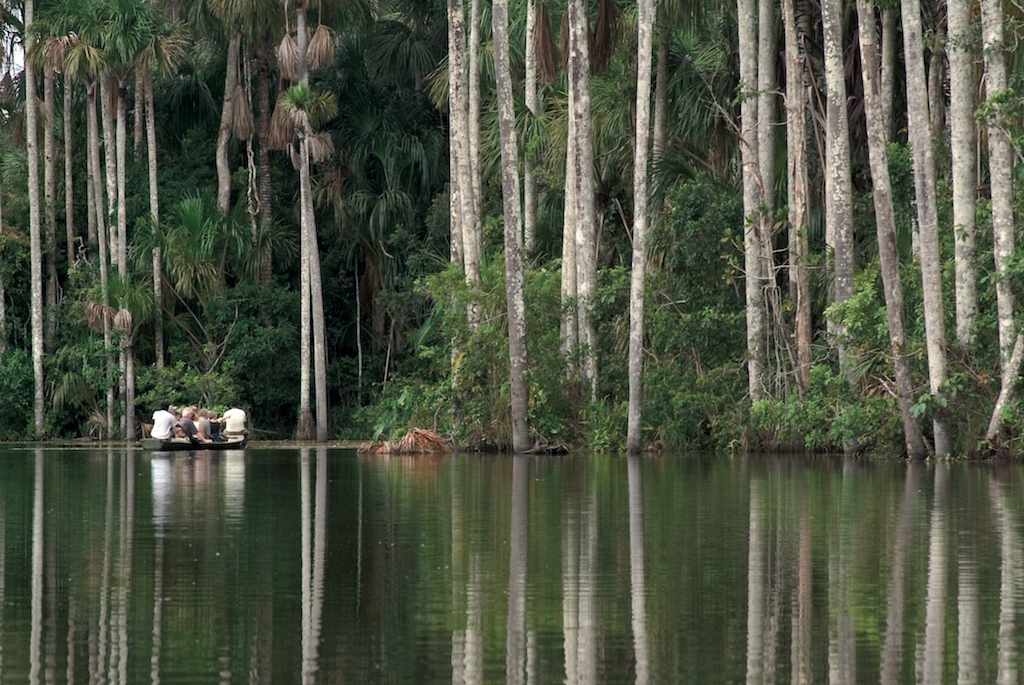
- What have you learned since becoming the Head Explorer Guide at Inkaterra Reserva Amazónica?
– I have learned a lot since becoming the Head Explorer Guide at Inkaterra, from service and teamwork to leadership skills. - What’s the most thrilling fact that you learned about the Amazon while you were training?
– While training, I learned to value all that surrounds us, and that every living thing has a purpose. - What are the most incredible sights you think guests should see at Inkaterra Reserva Amazónica?
– The most incredible places to visit are Lake Sandoval, Lake Valencia, the Inkaterra canopy walkway, the parrot clay lick. Of course, you must not miss the spectacular sunrise and sunset.
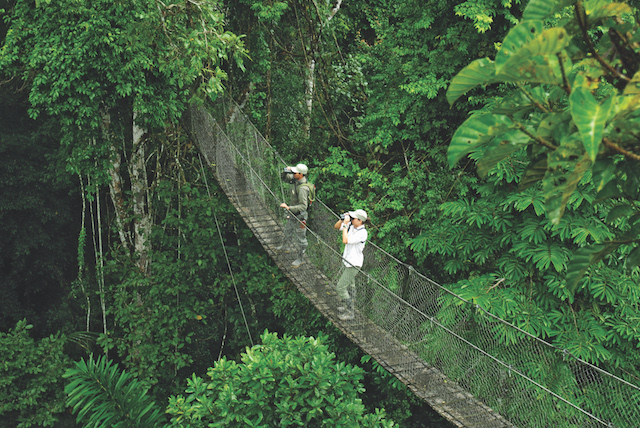
- What excursions are the best to go on with children, and why?
– There are many excursions that you can go on with children but I especially recommend Lake Sandoval, because you will be able to observe wildlife very closely. As well as Lake Valencia where guests can try piranha fishing. Visit “Inka Tots: A kid’s guide to Inkaterra” to find out more. - What is the most adventurous aspect of your role?
– As Head Explorer Guide I have the opportunity to explore new places in search of future excursions. - In your opinion what is the most fascinating aspect of the Amazon that is rarely asked about?
– People rarely ask what we could do in order to help save animals that are in danger of extinction. - What makes an exceptional guide?
– There are many attributes that make a good guide but I believe the passion they show when talking about nature, and their commitment to taking care of it, are what make an Explorer Guide exceptional. - Do you think it’s important to educate guests on sustainable tourism?
– It is very important to educate guests on sustainable tourism as not all travellers are aware of or involved in this issue. - Do you think that it is important for Inkaterra Explorer Guides to be local to the area?
– It is a good asset to have but I would not say it’s important; what’s crucial is their commitment to do a great job. - Have you got any tips for someone travelling to Peru for the first time?
– Come and appreciate the diversity of the flora and wildlife that surrounds you.
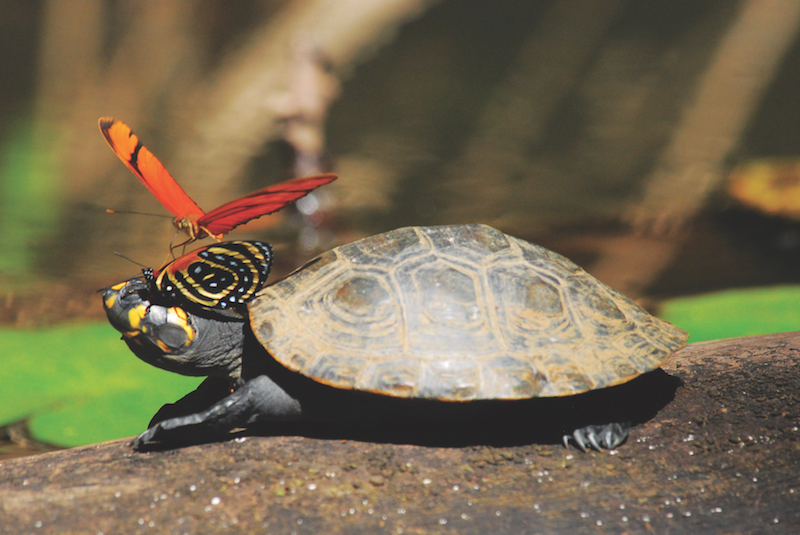
When visiting Inkaterra Reserva Amazónica, you can meet Alan and the other exceptional Inkaterra Explorer Guides. With them, you can learn about the beautiful flora and fauna that is so abundant in the Amazon jungle. Discover more at Inkaterra.com.


